The Shift’s recent investigation into Egrant revealed how the Panama company was set up, and exposed Nexia BT’s attempts to arrange backdated documents to document Brian Tonna as its ultimate beneficial owner when Mossack Fonseca’s (MossFon)’s compliance team was desperately trying to fill paperwork blanks before being raided by Panamanian regulators.
It’s a complicated story, and it may have lost some readers in the details.
Three things should have jumped out at you: the use of bearer shares, MossFon’s flexible attitude to facts like company ownership, and the irrelevance of the company name.
What are ‘bearer shares’?
A bearer share is an unregistered security that’s owned by the person who physically possesses the share documents. The issuing company doesn’t register the owner of the shares or track transfers of ownership.
In other words, whoever holds that piece of paper owns the company, and transferring ownership is as easy as handing that paper to someone else.
There are risks, of course. It’s easy to steal a bearer share, and it’s nearly impossible to establish proof of ownership. It’s also difficult to open a bank account because few banks will accept the risk of dealing with a company whose ownership they can’t keep track of.
Not many jurisdictions allow bearer shares anymore because they’re so easy to abuse. Even Switzerland abolished them in June 2019. Panama was one of the few — though they were outlawed on paper in 2015 — and bearer shares were used with Egrant.
They still needed a company to issue those shares and to undertake business transactions with other companies. But the person who held the share certificates controlled it, not the person whose name appeared as director.
Mind & Management: The reason for nominee directors
Paid nominee directors are used for two reasons: to hide who really owns an offshore company, or to hide who controls it. Such distinctions matter for tax purposes.
Let’s say a Canadian firm is stashing cash in an offshore structure based in Panama. The Panama entity doesn’t actually do anything. It just holds the cash because taxes are much lower there than they are in Canada.
Is this legal? More or less. It comes down to a concept called Mind & Management.
If tax investigators can show that the work is actually being directed from Canada and the managers in Panama are just rubber stamping their decisions, then they can prove the structure is a tax dodge.
The actual beneficial owners get around this risk by issuing orders verbally — on Skype or Signal — and by carefully phrasing written orders to sound like suggestions. The decisions have to be seen to be made in the offshore jurisdiction, and that includes the signing of any documents. Otherwise, the structure is vulnerable to legal challenges.
That’s why the shares of Egrant were issued in favour of a MossFon nominee called ATC Administrators Inc, and why the list of directors reads like a Spanish telephone directory. All were, of course, MossFon employees.
But having an anonymous company is useless unless you can control it. Not even MossFon would bank on honour among thieves. What’s to prevent Jaqueline Alexander or Brian Tonna from running off with those bearer shares?
More secret agreements, that’s what.
When a client received their company documents from MossFon listing the directors and those with signing authority for the structure, they also got a piece of paper explaining that, no matter what the other documents might say, the client is the owner and the shareholders and directors will do whatever the client tells them.
To quote an email to Karl Cini from Mirzella Tuñón of MossFon’s legal team, “the subscribers do not become shareholders because through the written document, the subscribers waive any rights they may have to the shares and assign them to the client”.
Yes, even share registers are worthless. In Panama, the directors have the power to issue, cancel and approve transfers of shares. And yet, even though we’re talking about a company which was already anonymous by design, the directors signed away their powers to Cini and Tonna through a power of attorney.
They even included a few extra blank share certificates with the package, complete with signatures by nominee directors, so Tonna could transfer ownership without MossFon knowing who it went to. MossFon didn’t want to know – that’s the nature of the business.
Much was made of ‘forged signatures’ when the Egrant inquiry came out. I think you can see why that claim is somewhat irrelevant where the “house of mirrors” of the financial world is concerned.
As you read in my earlier piece on ‘Money Laundering 101’, Layering is used to put distance between illicit funds and their ultimate owner. Using nominee shareholders or directors is one way to do this. Another is using someone you trust as a “straw man”, like Chen Cheng did when he put Macbridge under his mother-in-law.
The fact that other names appear on company documents and not, say, the King or Queen of Kickbackistan, is the point. It’s how offshore structures work.
MossFon had no idea who the UBO of Egrant was
Okay so we’ve established that ownership of Egrant was, at best, a flexible concept. Both Cini and Tonna had the power to issue shares, cancel shares and freely transfer them to anyone they chose between 2013 and 2017, so we need to rely on their ‘word’ that they did no such thing.
But you’re probably asking, what about the documents Tonna produced — including declarations from the directors or share registers?
That’s where the fun starts. MossFon’s services involved offering companies that could be owned by anyone, to do anything the client paid enough money for. It’s why they were the firm of choice for all those PEPs caught like deer in the headlights of the Panama Papers expose.
Want to say ownership of a company was transferred three years ago, even if you really did it yesterday? That wasn’t a problem for MossFon. They’d backdate your documents for a “reasonable price” ($150-$250 a pop) or they’d just take your word for it.
Want to say, purely for the sake of argument, that someone was always the UBO of a company? Again, not a problem for MossFon. They likely wouldn’t have known who the first UBO was anyway, simply because they never bothered asking.
As The Shift’s investigation shows, MossFon’s records were empty when it came to Egrant, but Cini and Tonna kindly agreed to draft and supply the troubled Panamanian law firm with documents that supported their narrative.
Unless either Cini or Tonna — or someone else — talks, then we’ll probably never find out who Egrant was intended for or owned by. But one thing is clear: MossFon was out of the picture, and didn’t have to be involved until their signatures were needed.
Shell companies: It’s not ‘all in a name’
The last point you should have paid attention to in The Shift’s Egrant investigation is the company name.
A lot of ink was spilt trying to figure out what Tillgate and Hearnville stood for, and what that might reveal about Egrant. It wasn’t a bad line of investigation. Macbridge turned out to mean ‘Malta-China bridge’, and 17 Black was owned by a man who owns a casino. But in the case of the other three, it was a dead end.
These were ‘shelf companies’ — ready-made structures that were literally sitting on a shelf, and that could be transferred to a client with a few quick signatures.
You have to remember that offshore companies are carefully crafted legal structures designed to shelter assets from aggressive authorities in high tax countries. They need to stand up to serious legal challenges.
It takes time to set one up from scratch. Lawyers have to draft longwinded deeds, pay notaries to publish them, and pay various government authorities to register them.
A service provider like MossFon knew some of their clients valued speed, and so they did all this work in advance. They set up a collection of companies with generic names that they could then sell on to their clients.
The name doesn’t matter. Some clients actually want anonymous sounding names to match their already anonymous-by-design ownership structure.
Hearnville Inc, Tillgate Inc, and Egrant Inc were picked from MossFon’s “menu” of ready-made companies. We could just as easily be talking about Adsfield Holdings or Glenpear Incorporated.
We don’t know why John Dalli said ‘E-grant’ was some sort of ‘election grant’ slush fund for the Labour Party, or why Keith Schembri wrote “E-grant” on Facebook (aww… those two crooks make a lovely couple snuggled together like that in one sentence). Maybe these were deliberate red herrings to distract or throw everyone off the scent, or maybe they just like making stuff up.
What matters is that the company — Egrant Inc — was fronted by nominee directors hired from MossFon who were acting on behalf of Brian Tonna, the person listed (at least for a while) as the original client.
What powers did Tonna have?
By granting Tonna the Bearer shares, along with a power of attorney from the directors to Cini and Tonna, the Nexia Two were free to transfer or issue shares in the company. Ownership of the company and any assets and bank accounts owned by it would move around with those shares.
…but secrecy still matters
Why go through so much trouble to hide the details on Egrant if the structure was iron-clad?
Because a secret offshore structure is only useful as long as it remains a secret.
Give a skilled investigator the right clue and they’ll start making connections between companies. Sure, those connections might be ‘circumstantial’. They may not be damning enough for a conviction in a court of law. But those patterns will reveal something that is.
Once you have a company name, you can go digging. Mizzi and Schembri’s company opening documents listed 17 Black and Macbridge as their main source of incoming funds.
Journalists were able to connect 17 Black to Yorgen Fenech and Macbridge to Chen Cheng — and by extension, to Electrogas and to the Montenegro Wind Farm project.
A very clear picture started to form between massive capital projects no one needed, the businessmen who profited from those projects, and the politicians who approved them.
You can understand why everyone panicked when the Panama Papers came out.
They didn’t just want to cover their tracks as fast as possible. They had to get their money out of those structures before a court could freeze them.
Malta’s corrupted institutions helped enable this. Joseph Muscat’s Police Commissioner Lawrence Cutajar refused to take action on damning FIAU reports about Mizzi and Schembri. Economic Crimes Unit Head Ian Abdilla sat on his hands, too. And former Attorney General Peter Grech did everything he could to avoid finding any more evidence.
Yorgen Fenech dumped 17 Black when Daphne posted the name on her website in February 2017. It was changed to Wings Development Ltd within a month. Nexia BT started shutting down Egrant in October 2016 and Tillgate and Hearnville in January 2017.
I assume they didn’t dump those structures until they had alternatives in place — and good luck finding them without another fortuitous Panama Papers leak.
By the time Daphne Caruana Galizia published her famous blog alleging Michelle Muscat owned Egrant, Nexia BT had nine months to make their records — and by extension, MossFon’s — match the government’s narrative.
The Egrant inquiry was never going to expose anything. Joseph Muscat knew the answers when he decided which questions Aaron Bugeja could ask. As for Bugeja, he kindly obliged. Deep in the 1,501 page Egrant inquiry report, at the bottom of page 1,384, Bugeja notes quite clearly that “this inquiry was not set up to establish who owned the shares in Egrant Inc”.
That’s the trouble with inquiries, isn’t it? If you don’t ask the right question, you’ll never get the right answer.

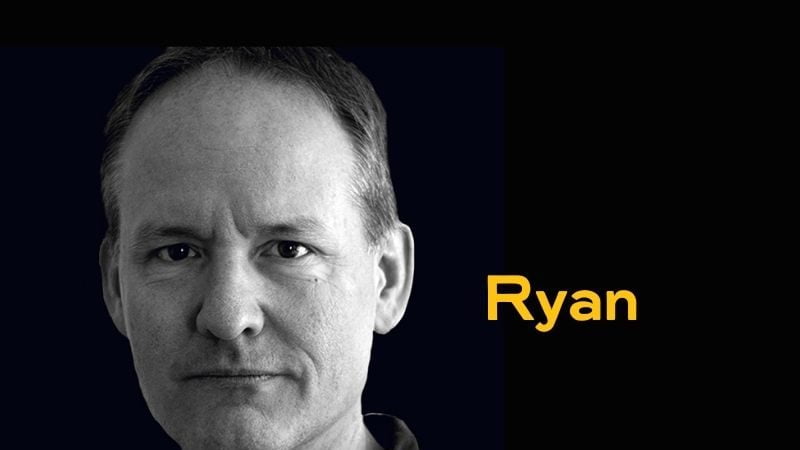

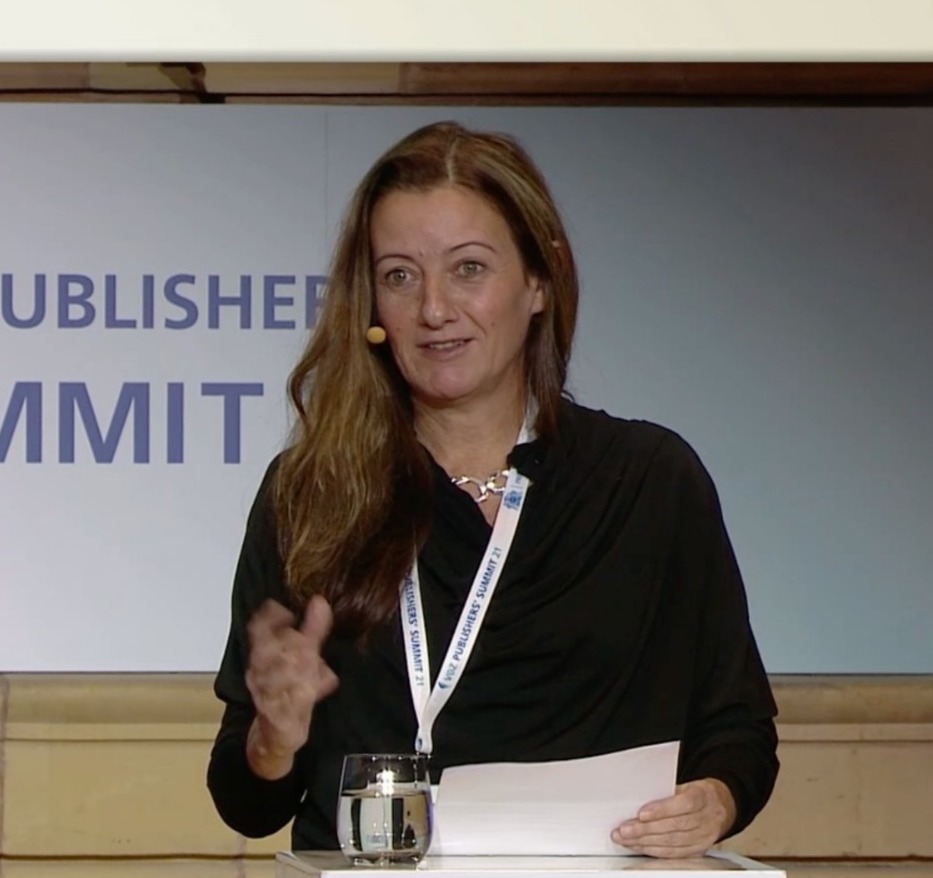
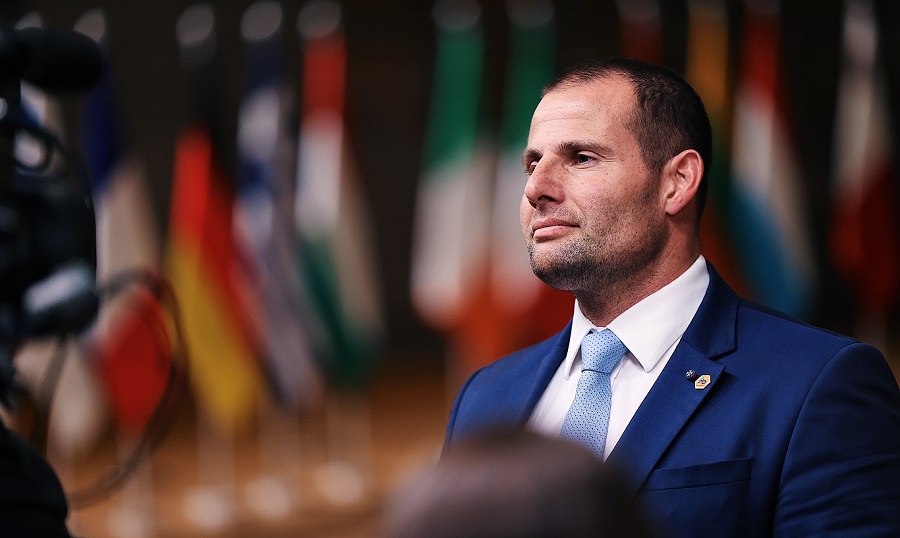

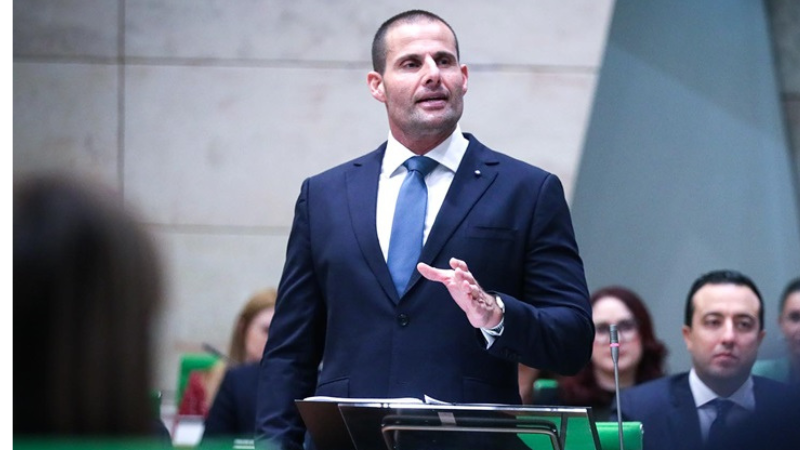
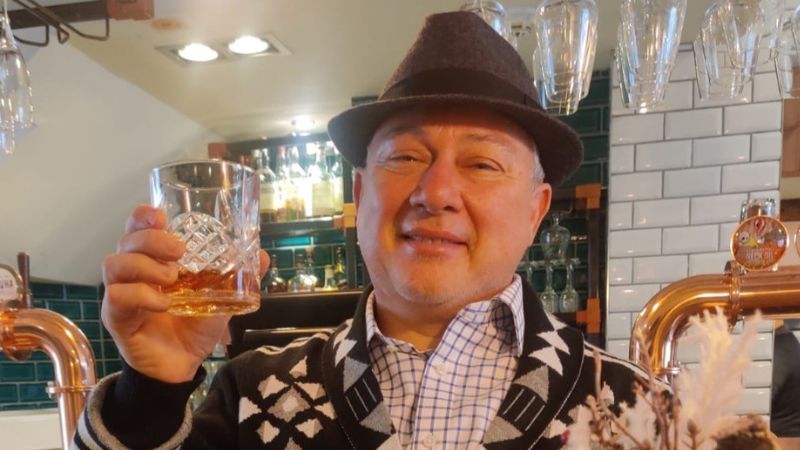
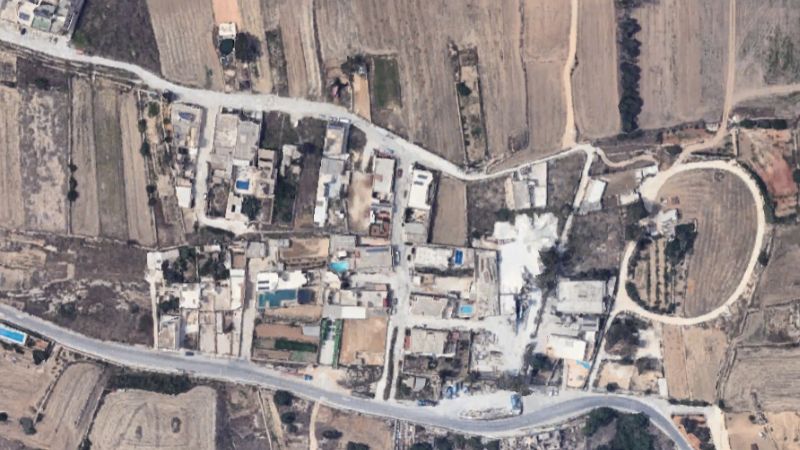






They needed UBO declarations to control the kickbacks coming into their Pilatus Bank account (and of their other nominee companies in Dubai and BVI) and they knew from day one that NexiaBT had forged Jaqueline Alexander’s signature on UBO declarations handed to Al Sadr. When hell broke loose, they tried to clean up the mess but Efimova had taken a copy of the Egrant UBO declaration. No sweat, after making sure the forgery would not stand up to forensic experts, Muscat went to court spending 1.5 million tax euros on a foregone conclusion.
Karl Cinithe infamous e-mail from Karl Cini of Nexia BT (the one in which he wrote that the name of owner of Egrant Inc. is too important to be written down on an e-mail and will need to be divulged via Skypeenough of their lies, deceit and treachery.
Put tonna, mizzi,cini and kasco on bread and water in a dark cell until they talk. The illicit money hiding somewhere belong to us, the honest tax payers. Is it not against human rights to steal from the tax papers? Shame on you corrupt lot, you place is in a pig sty
I have my doubts that Tonna or Cini intend to rat on each other, at least not at the moment. Both are being represented by the same lawyer. This is telling because this is only possible if Tonna and Cini intend to use the exact-same line of defence. If this were not the case, the lawyer would be conflicted since the defence of Tonna might have a negative effect on that of Cini and vice versa. In cases where lawyers are conflicted, they are obliged to relinquish the defence of one of the parties.
Tonna and Cini will only expose the true ultimate beneficial owner/s of Egrant Inc once it is clear that their puppet masters won’t be in a position to bail them out. Will this ever happen? One must wait and see.
Excellent article once again Ryan.
The problem however, remains, that most of those who speak about Egrant and project themselves in tv interviews, as informed journalists/critics, are immediately exposed as being messengers of fake news, who never bothered to thoroughly read and disect the reports of the court appointed experts.
One such report that is a must for all journalists and well-intentioned readers/critics, is the report by Forensic Accountants Harbinson Forensics, which starts on page 1195 of the Egrant Inquiry report. As an apetizer, I specifically recommend reading from page 1259 under the headimg ’30 January to 25 February – creating documents to show who owns Egrant.
Para 241. As noted above, on 10 March 2016 Mossfon (Mossack Fonseca) stated that they did not know who the officers and UBO (ultimate beneficial owner) of Egrant were. Having formed the company, it appears everything after that was a matter for the owners and their agents, Nexia BT.
Para 242. It therefore appears to us of note that on 30 January 2017, Karl Cini (with the input from Brian Tonna) started creating documents which would purport to come from Mossfon to demonstrate who the officers and UBO of Egrant were and the type of shares it issued. Mr Cini dealt with this in his testimony to you at Part 4 page 19 and explained that he provided the text of what he wanted Mossfon to confirm. This however, seems at odds with the testimony of Brian Tonna at Part 3 page 4 in which he appears to deny that the letter was prepared by his office and simply sent to Mossfon for signature. We have therefore set out below what emerges from our examination of these documents.
Para 244. The key points are that:
1. It is clear that these documents were in fact created by Karl Cini and Brian Tonna with no input from Mossfon.
2. It appears that Riccardo Samaniego of Mossfon in Panama, signed the document on 24 February 2017, when it was sent to him.
Para 245. It is a matter for you to decide whether there has been any wrongdoing in this, and whether the fact that Nexia BT felt the need to create documents in this way, has any significance for your inquiry.
Excellent analysis as always .
Godfrey, as always, meticulous and accurate as ever. When you speak we all listen And believe me, THEY do as well and tremble in the process.
I ask one question about the inquiry. Correct me if I am wrong, but the magistrate, warned Maria Effinova, that should she insist on presenting the papers she had, he would have her arrested. But then he accepted the documents from someone else. This person was also the courier who collected money from Fenech on a monthly basis, purportedly for the PN. Where the documents which were accepted by the magistrate faithful copies or documents with forged signatures which would not pass master under the eyes of an amateur let alone a hand writing expert. One really wonders.
Another important issue I wish to mention, is the forged signature of Jaqueline Alexander on the Declarations of Trust presented to the Court by Pierre Portelli, attributing ownership of Egrant to Michelle Muscat.
According to the Court appointed expert, see page 1082 of the inquiry report, Elizabeth Briggs, Forensic Document Examiner of Key Forensic Services UK, concluded on page 1086 para 6.7 that: ‘ The questioned signatures shown by items A and B both show a close pictorial similarity to the specimen signatures of Jaqueline Alexander. In my opinion they must either be genuine signatures written by another person (or persons) attempting to copy a genuine signature. The complex nature of the signatures is such that the possibility of a coincidental match with the signature or writing of another person can be excluded.’
Para 6.9: ‘I have made a brief comparison between the questioned signatures and all of the specimen signatures and found that they resemble, most closely, the signature on item 14″.
Para 6.13: ‘In my opinion there is very strong evidence that the questioned signatures shown by items A and B are not genuine signatures of Jaqueline Alexander, and are both traced copies from a genuine signature; it is possible that they were traced shown by item 14, although I cannot be certain of this. I therefore consider it most unlikely that Jaqueline Alexander wrote the signatures shown by items A and B”.
Comment – I must highlight that item 14 was one of the 22 items selected by the expert for examination. All these items were lifted from documents held at Nexia BT, and all related to companies with which Keith Schembri was associated, including Willerby Trade owned by Adrian Hillman and the subject of alleged commissions related to Allied Newspapers. Item 14 itself was a Share Certificate for 50,000 shares for Colson Services Limited dated 07/05/13 (copy), a BVI company owned fully by Keith Schembri.
It is pertinent to highlight that Magistrate Bugeja, in his conclusions, had recommended to the Police Commissioner to initiate investigations into the forgery of the signatures. To date no such investigation seems to have been started, let alone concluded.
This issue has to be considered in the light of the ferocious uncontrolled accusations of forgery made by Prime Minister Joseph Muscat in Parliament against Simon Busuttil, then leader of the opposition.
Exactly
I tracked down a comment I’d made on M Delia notes on the 23rd July 2018, a day after the conclusions of the Egrant report were published: “According to the Report, despite hardly taking any notice of the ‘paper’ passed to him by Rivera, Ali Sadr packed it up along with his tablet and left with it. As Dr Zammit Lewis says you don’t need suitcases of papers in today’s digital world. So, while it is true that Sadr did not take caseloads of papers he did take at least one that we know of. Another question is, did Ali Sadr not at any time visit the restroom between 1140 and 2115?” Your reference to ‘bearer shares’ reminded of that document which was never properly explained. ref: ttps://manueldelia.com/2018/07/caruana-galizia-family-joseph-muscat-still-holds-the-key-to-the-truth/